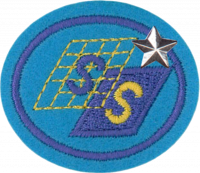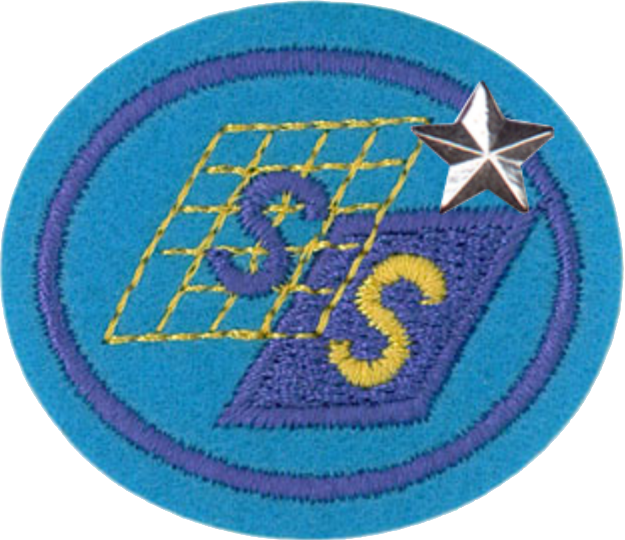Difference between revisions of "AY Honors/Silk Screen Printing - Advanced/Answer Key"
m (- Category of AYHAB) |
|||
| Line 93: | Line 93: | ||
*http://www.cryptographics.com/technica.htm - film stencil method | *http://www.cryptographics.com/technica.htm - film stencil method | ||
<noinclude></translate></noinclude> | <noinclude></translate></noinclude> | ||
| − | |||
{{CloseHonorPage}} | {{CloseHonorPage}} | ||
Latest revision as of 23:50, 18 July 2022
Skill Level
3
Year
1974
Version
18.10.2025
Approval authority
General Conference
1
For tips and instruction see Silk Screen Printing.
2
The frame is made of wood, and should allow a three inch border around the artwork to be printed. In other words, if the artwork is four inches across, the frame must be 4+3+3=10 inches wide, allowing for a three inch boarder on both sides. This is true of both the vertical and horizontal dimensions of the frame. You can buy a frame from a silkscreen supplier, or build one yourself, but it is critically important that it be flat on the bottom. You can also use a wooden picture frame or a frame made for stretching an artist's canvas.
Once the frame has been selected, you should stretch the screen over it and staple it about once per inch. Make sure there are no wrinkles. Once the screen has been securely attached, trim around the edges with scissors.
3
Silk was the first type of fabric used in silk screening, and lent its name to the art. It is still used sometimes, but polyesters are cheaper and are commonly used today. There are two types of polyesters used in silk screening, monofilament and multifilament. Monofilaments are made from single strands of polyester, whereas multifilaments are made from multiple strands twisted together. Monofilaments are preferred, as they are less elastic and can therefore be stretched much tighter than multifilaments. They are also more sturdy and can be used repeatedly in printing several runs. Further, monofilaments can be used to create more finely registered prints. However, multifilaments produce a slightly different texture in the printed product, and sometimes this is preferred. Indeed, the use of multifilaments are common in the industry.
The mesh count is the number of threads per inch in the silk screen. The higher the mesh count, the finer the detail in the finished product. However, one must also consider the type of ink used and make sure that it is well-matched to the mesh count. Some inks will not penetrate through a very fine mesh.
4
4a
In this method, a sheet of film which has been coated with lacquer is cut into a stencil with a sharp knife. The film is generally available at art supply store. Once it has been cut out, lacquer thinner is used to adhere the film to the outside of the silkscreen (the part that comes into contact with the item being printed). If the stencil is adhered to the other side of the screen, the squeegee can remove the lacquer during the printing process.
After the film has been adhered to the screen, it is allowed to set until it is dry. The film is then peeled off the screen, leaving the lacquer behind.
4b
4c
5
5a
5b
5c
6
References
- http://www.standardscreen.com/learningcenter.aspx - stretching the screen, types of screen material
- http://www.cryptographics.com/technica.htm - film stencil method


